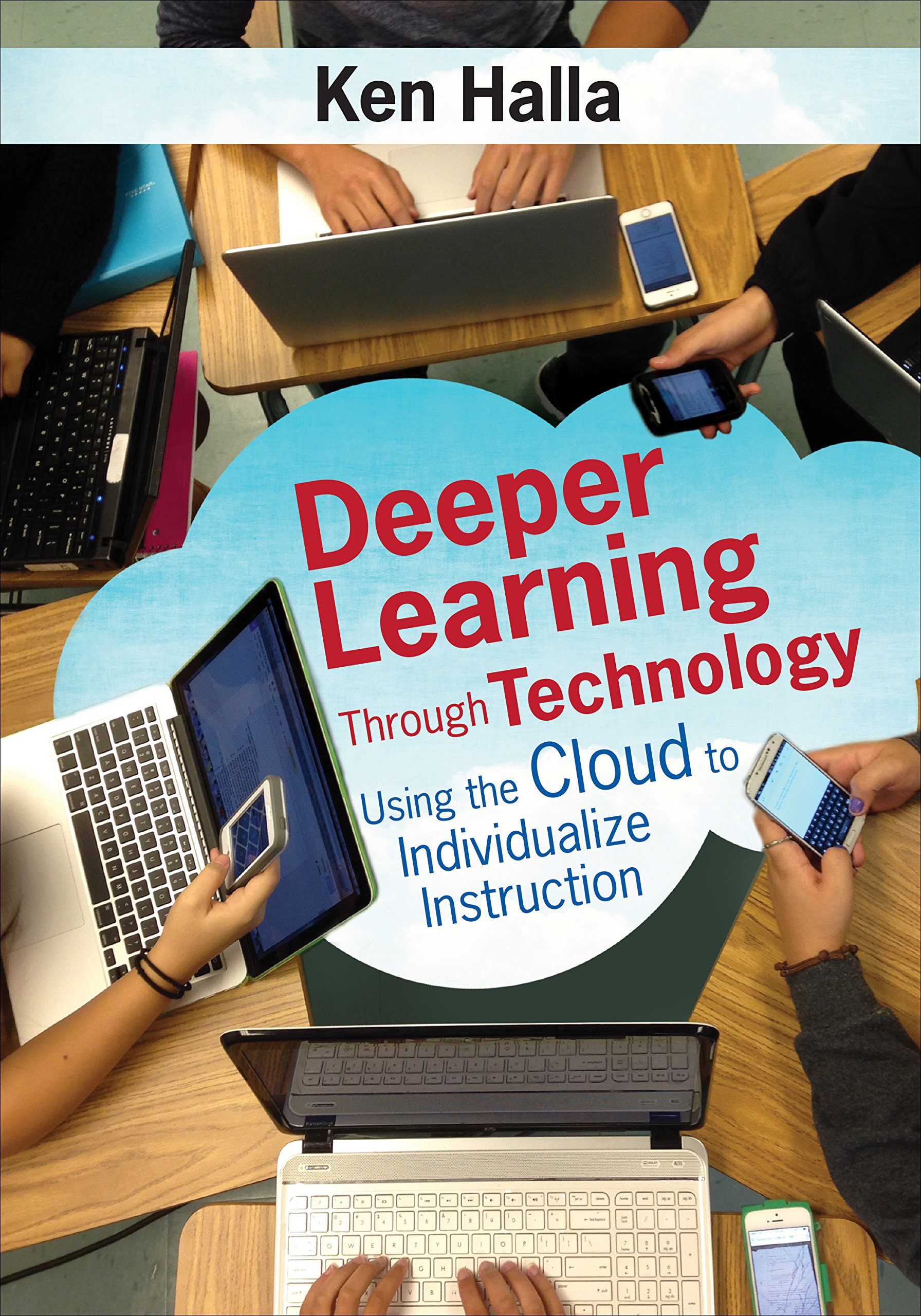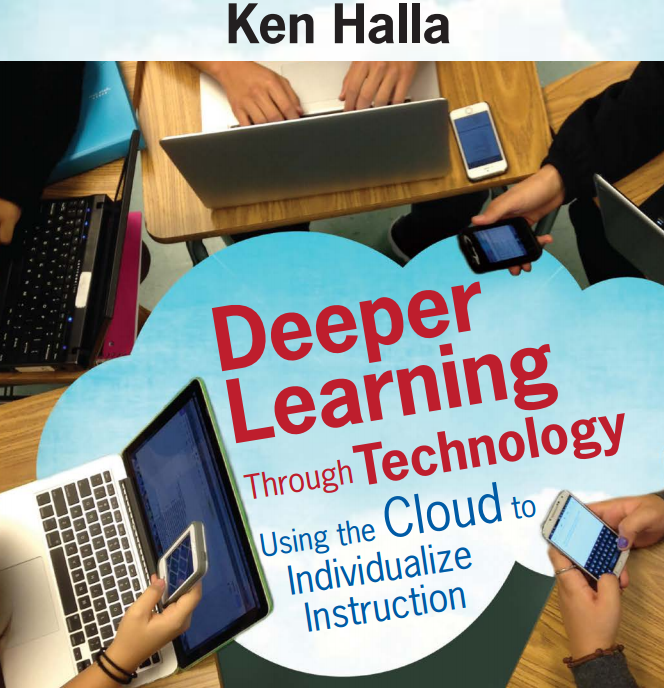Well the book, Deeper Learning Through Technology, is at the warehouse and after a quick look see (don't ask me I only work here), it will be shipped to anyone who wants it. So you will be getting pieces of my book on my blogs in hope that you and your colleagues, will find it useful and even change the way you teach.
The book looks at how you can better individualize student learning in your classroom, but to do so it does something rare in giving the reader some background research. For example, Project RED (Greaves et al., 2010) looked at 997 schools in 47 states and the District of Columbia to see the impact of the digital learning environment. The report found that in schools where students all had digital devices, test scores went up while dropout rates went down. The report emphasized that for the introduction of technology to be effective, instruction must also be meaningful. Project RED identified two levels of change—“first-order change” and “second-order change”—stressing that teachers and administrators should strive for second-order change if they want to improve student learning.
An example of first-order change would be when a teacher requires students to submit work online. This might save time that could be used for more direct instruction, but it is not necessarily changing instruction in any meaningful way. Whether assignments are on paper or submitted online, they still very likely reflect a similar quality of work. In contrast, second-order changes occur when technology allows for innovations that could not happen without it. For example, a teacher can assign students to watch an online video lecture (flipped video) for homework, visit and review several websites, and then collaborate with fellow students by commenting on the video and sites on one collective online document housed in the cloud. There are several second-order changes included in this scenario. (1) Placing the lecture online allows students to watch it at their own pace, stopping and starting the video or watching it several times until the material is understood. (2) Collaborating online means that students can work together regardless of where they physically happen to be (home, school, library, etc.). Both uses of technology (online video lecture and online collaborative document) allow students to do something that they could not have done without the technology.
Of course the crux of my book then is a practical guide to effectively changing the way teachers collaborate and teach. It comes with step by step instructions as well as classroom examples and teacher challenges.













